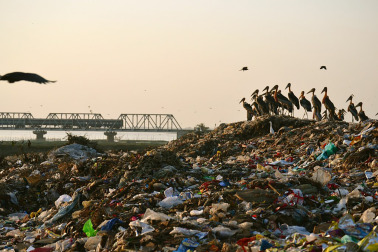Genomic Data Sharing, Case Studies, Challenges, and Opportunities for Precision Medicine, 2023, Pages 71-90
Power System Protection in Future Smart Grids: Achieving Reliable Operation with Renewable Energy, Electric Vehicles, and Distributed Generation, Volume , 1 January 2023
Non-Destructive Testing and Condition Monitoring Techniques in Wind Energy, Volume , 1 January 2023
Fate of Biological Contaminants During Recycling of Organic Wastes
2023, Pages 279-295
Principles of Human Organs-on-Chips, Woodhead Publishing Series in Biomaterials, 2023, Pages 195-249
Current Trends and Future Developments on (Bio-) Membranes: Membrane Technologies in Environmental Protection and Public Health: Challenges and Opportunities, Volume 1, 1 January 2022
Pratima Bajpai, Chapter 3 - Biodiversity of thermotolerant microorganisms, Editor(s): Pratima Bajpai, In Progress in Biochemistry and Biotechnology,
Developments and Applications of Enzymes from Thermophilic Microorganisms, Academic Press, 2023, Pages 29-45, ISBN 9780443191978

